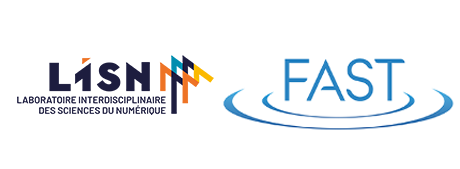
Since the experiments by Mollo-Christensen and by Crow & Champagne, it has been recognized that turbulent jets exhibit large-scale vortical structures of relatively high spatial and temporal coherence.
Recent comparisons between theory, experimental measurements and numerical simulations confirmed that the average characteristics of these coherent structures are well described by linear and nonlinear solutions of the Navier-Stokes equations. Moreover, it has been established that the radiated noise is correlated with these large-scale structures. This modelling is tempting as it might open new pathways for the analysis of turbulent jets and sound-producing mechanisms. The main aim of the talk is to provide an overview of our recent results.
We study the wavepackets as frequency response of the flow to harmonic excitation. This formalism relies on the analysis of the linear, global resolvent operator based on the fully compressible, axisymmetric Navier-Stokes equations. The meanflow fields for stability analysis as well as frequency-resolved fluctuations for comparison are extracted from the jet experiment at PPrime Institute (Poitiers, FR), operating at Ma=0.4 and high Reynolds numbers Re = 4 10^5.
Our results reveal that the modal solutions obtained by frequency response analysis are in good agreement, thus confirming the initial conjecture. Moreover, we will discuss the theoretical connection between the resolvent analysis and the stochastic framework.
In the remainder of the presentation, the qualitative analysis of the time-series associated to the wavepackets will be discussed. These measurements exhibit a remarkable spatio-temporal organisation. We apply a variety of non-linear signal-processing, nonlinear and linear system identification techniques in order to explore the dynamics. We assess to which extent non-linear models are appropriate to describe the temporal dynamics of the system and analyse control-oriented modelling.